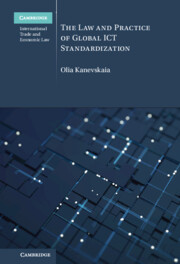Nineteenth-century physicians increasingly favoured leeching – the placing of a live leech onto a patient’s skin to stimulate or limit blood flow – as a cure for numerous ailments. As conviction in their therapeutic properties spread, leech therapy dominated European medicine; France imported over fifty million leeches in one year. Demand soon outpaced supply, spawning a lucrative global trade. Over-collection and farming eventually destroyed leech habitats, wreaked environmental havoc and forced European merchants to seek new supply sources. Vast colonies of leeches were found to inhabit the immense wetlands of the Ottoman Empire, which soon became a major exporter of medicinal leeches. Following the Treaty of Balta Liman (1838), the Ottoman state moved to exert control over the lucrative trade, imposing a tax on leech gathering and contracting with tax-farmers (mültezim) to collect the taxes. British diplomats, merchants and other stakeholders protested the imposition of the tax, as had previously happened with the commodification of wildlife; their pursuit of profit led collectors and farmers to over-gather leeches, with catastrophic consequences. By the end of the century, so great had their worth climbed that the leech population faced extinction. This paper situates medicinal leeches as therapeutic actors of history and adopts an interscale approach in formulating the human-leech interaction. It offers a substantive contribution to the history of medicine, in revealing the centrality of leeches to the rise of modern medicine and global trade, but also by making visible their role in shaping imperial diplomacy and worldwide economic markets.


